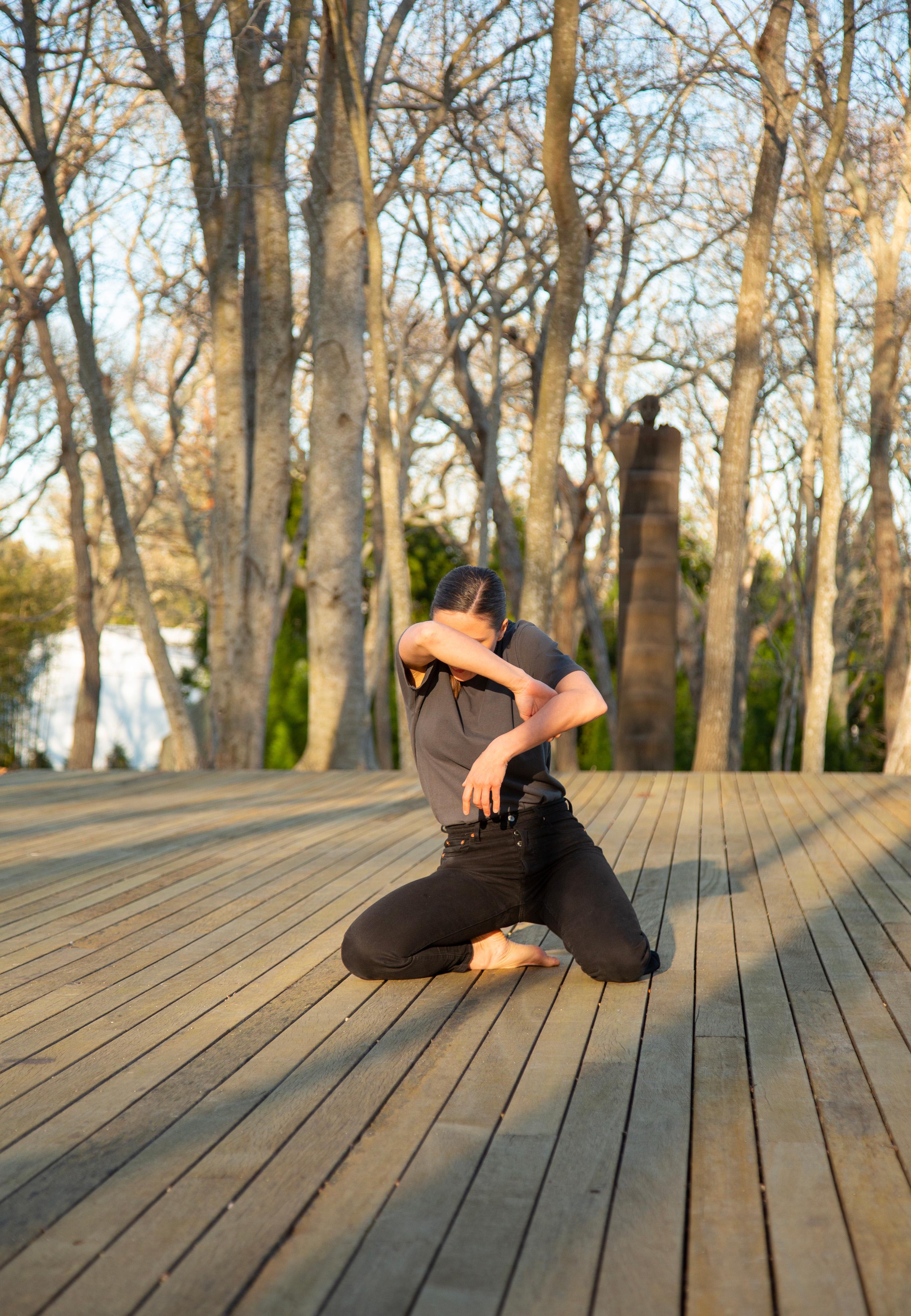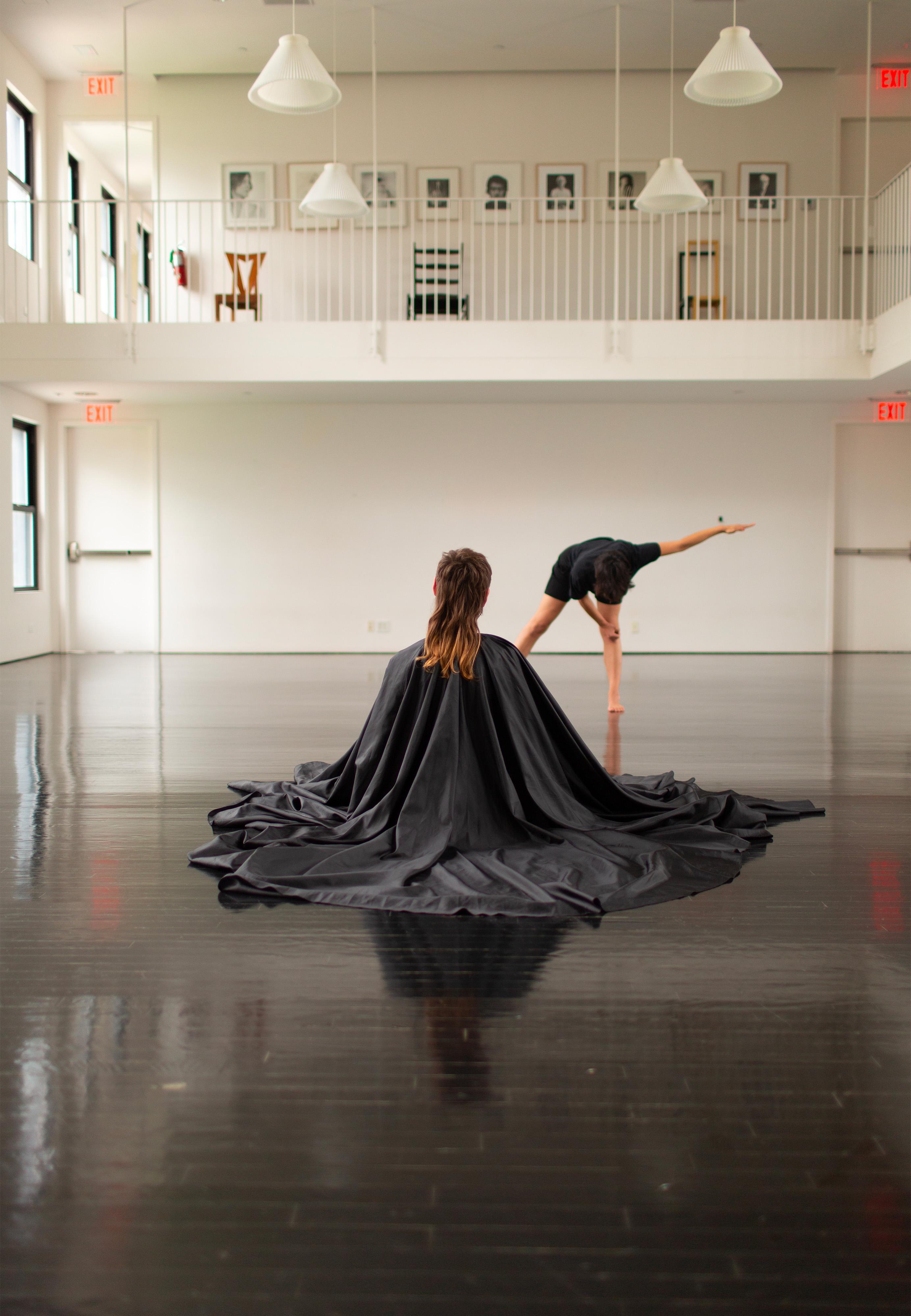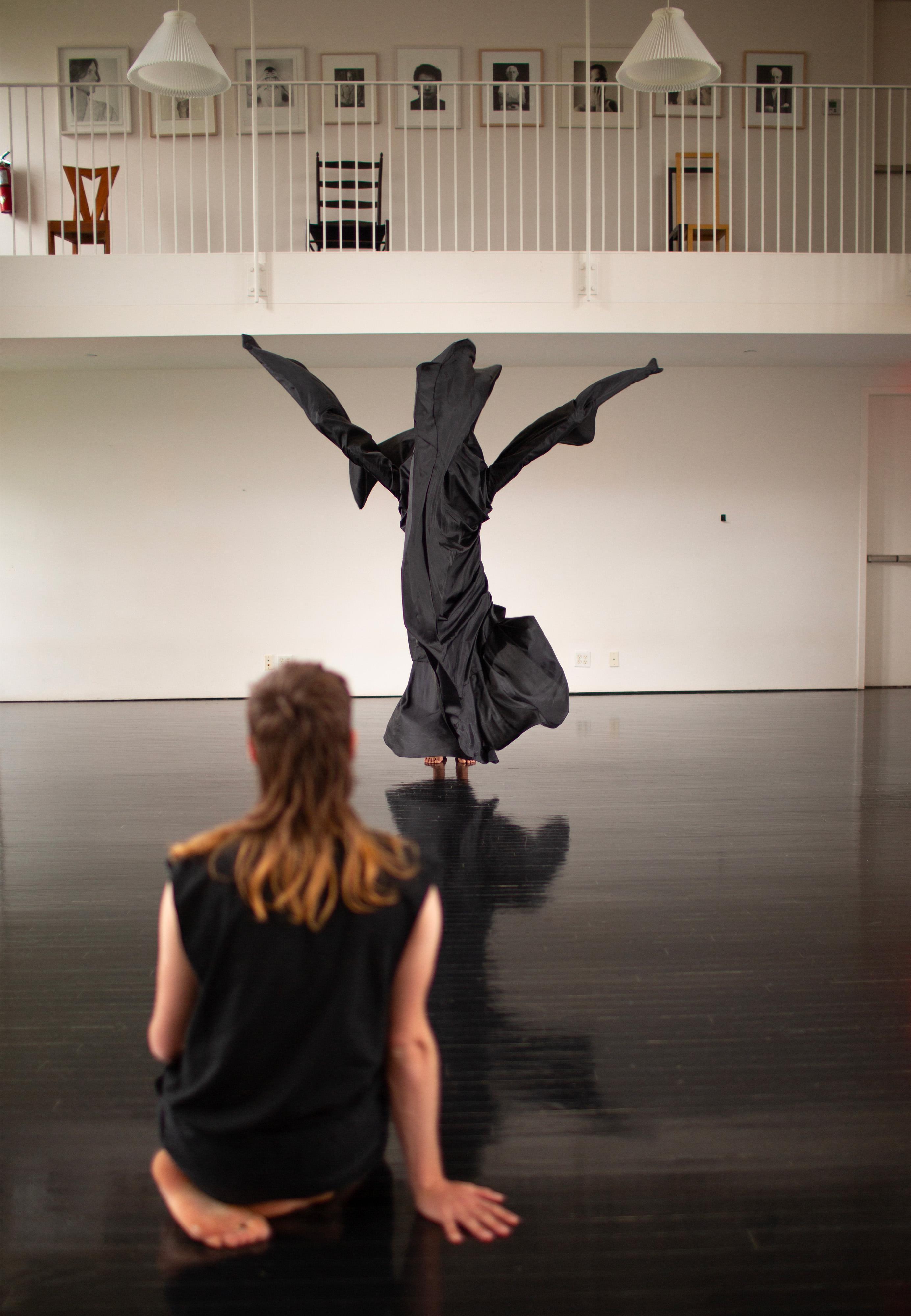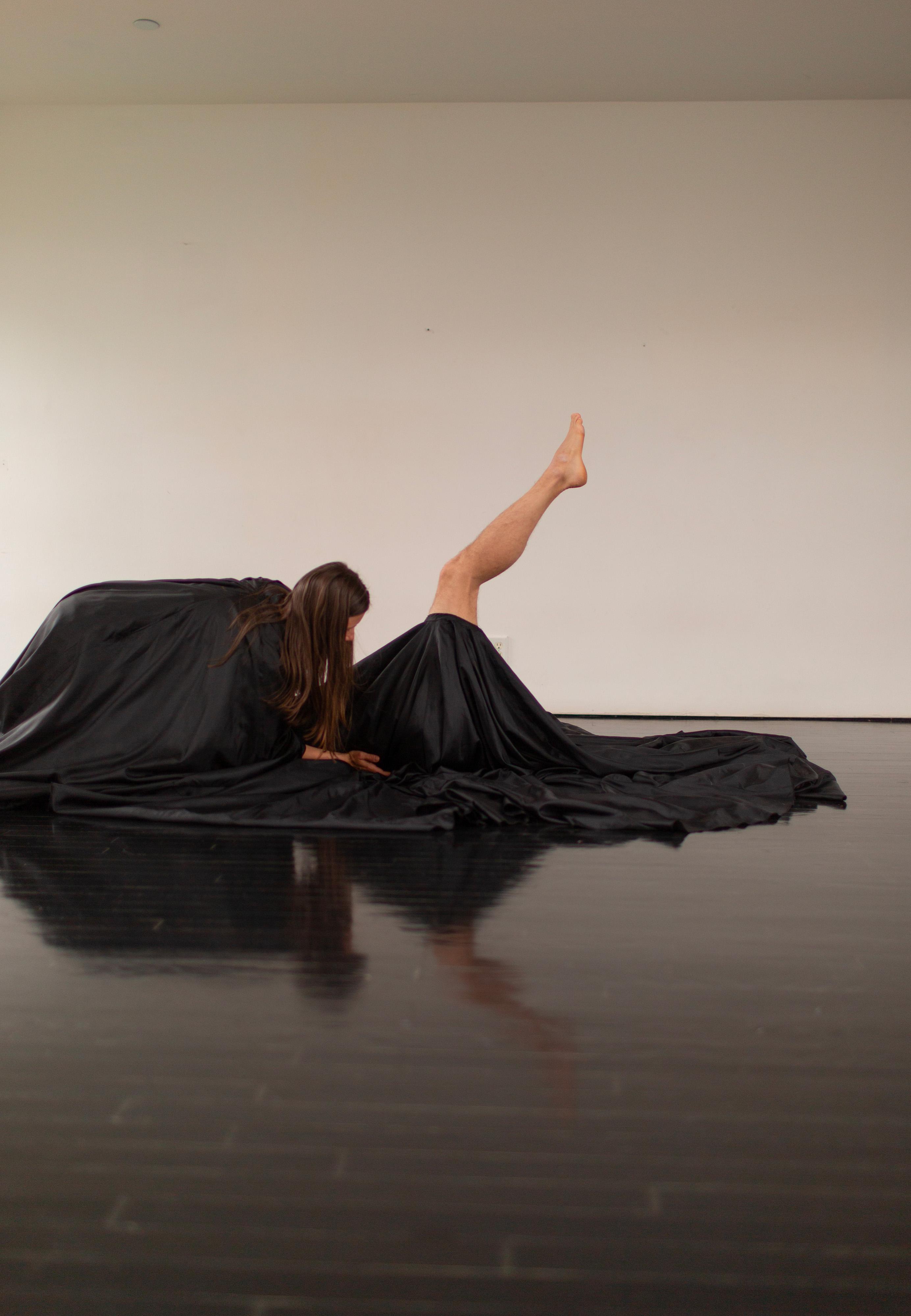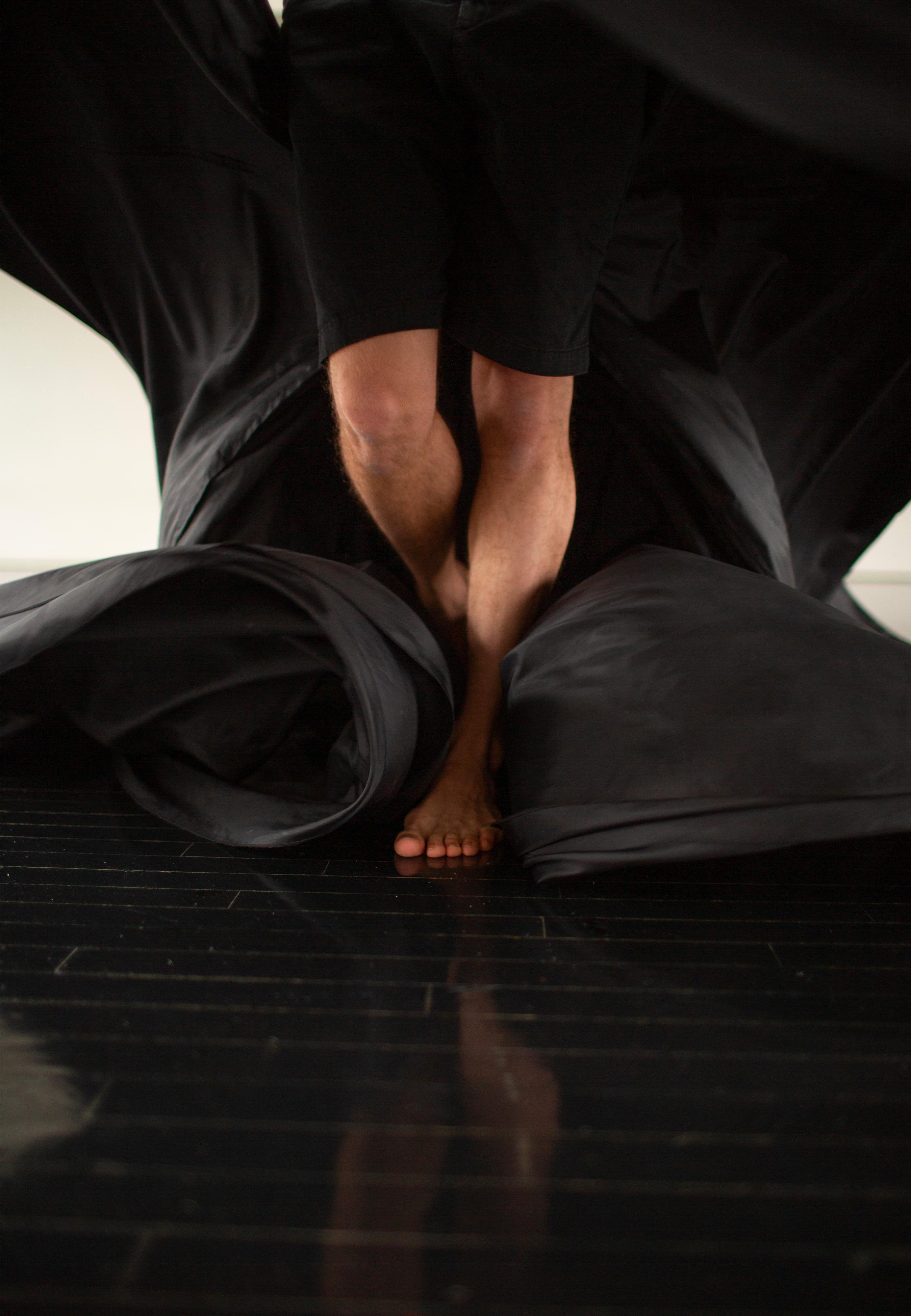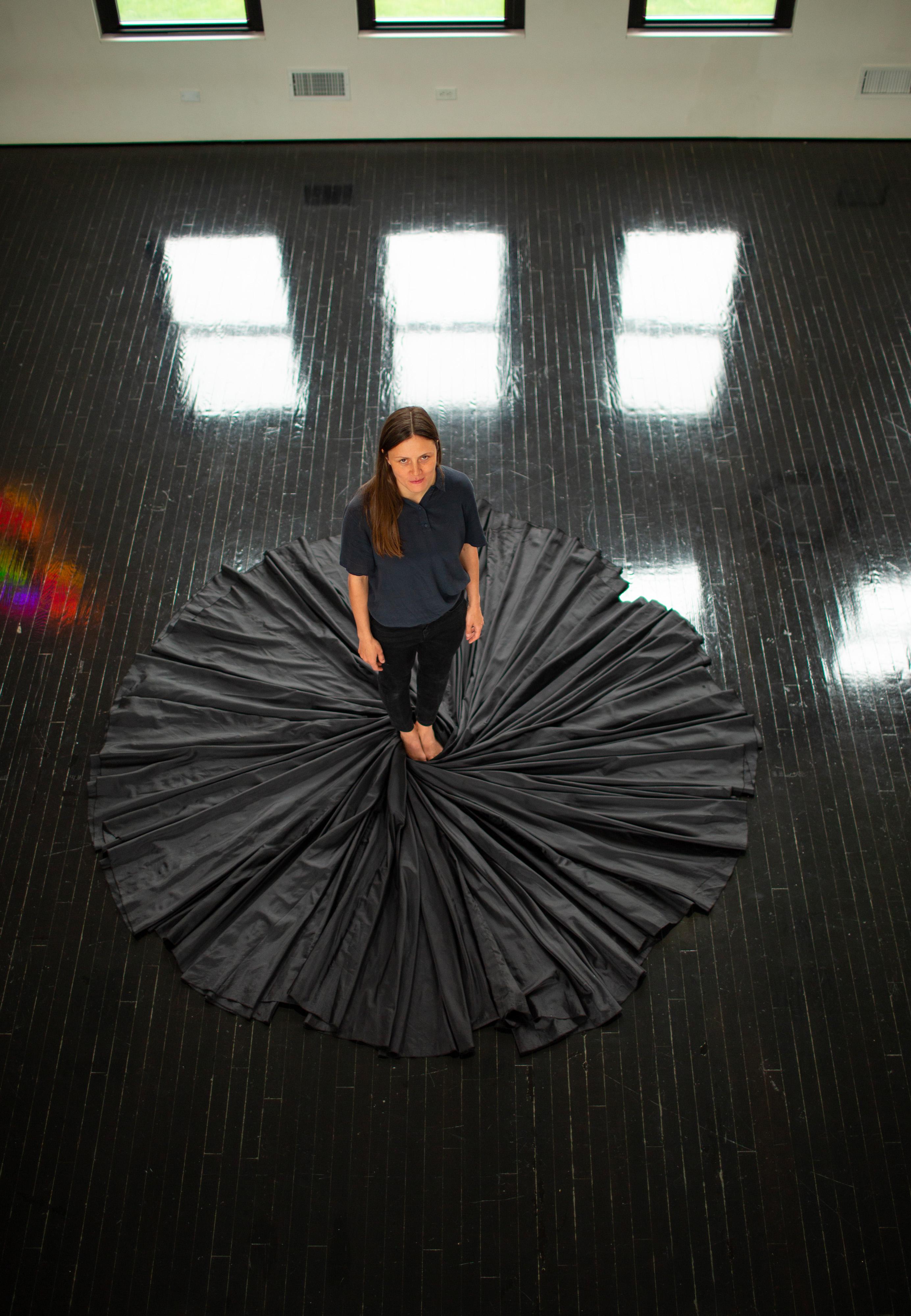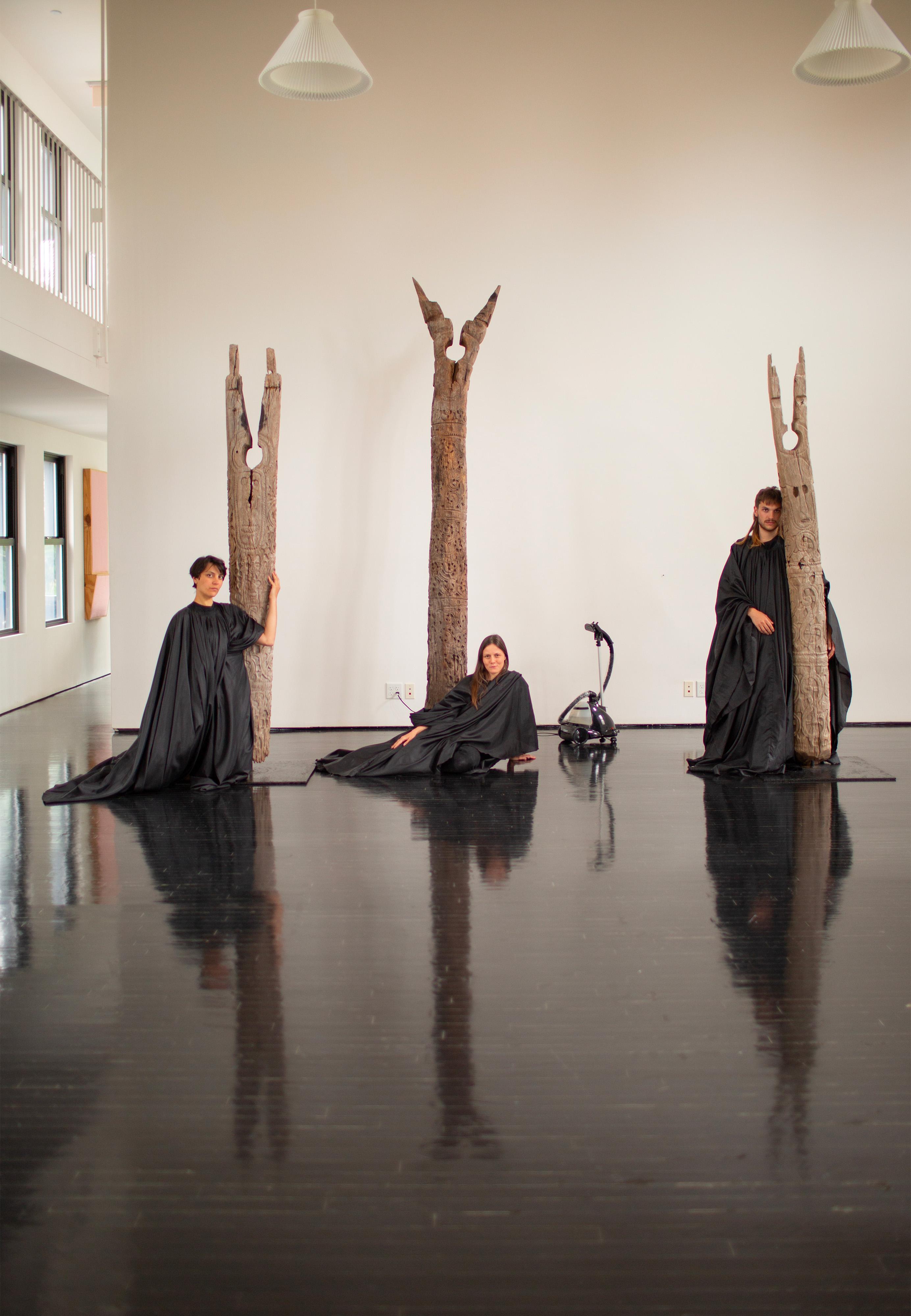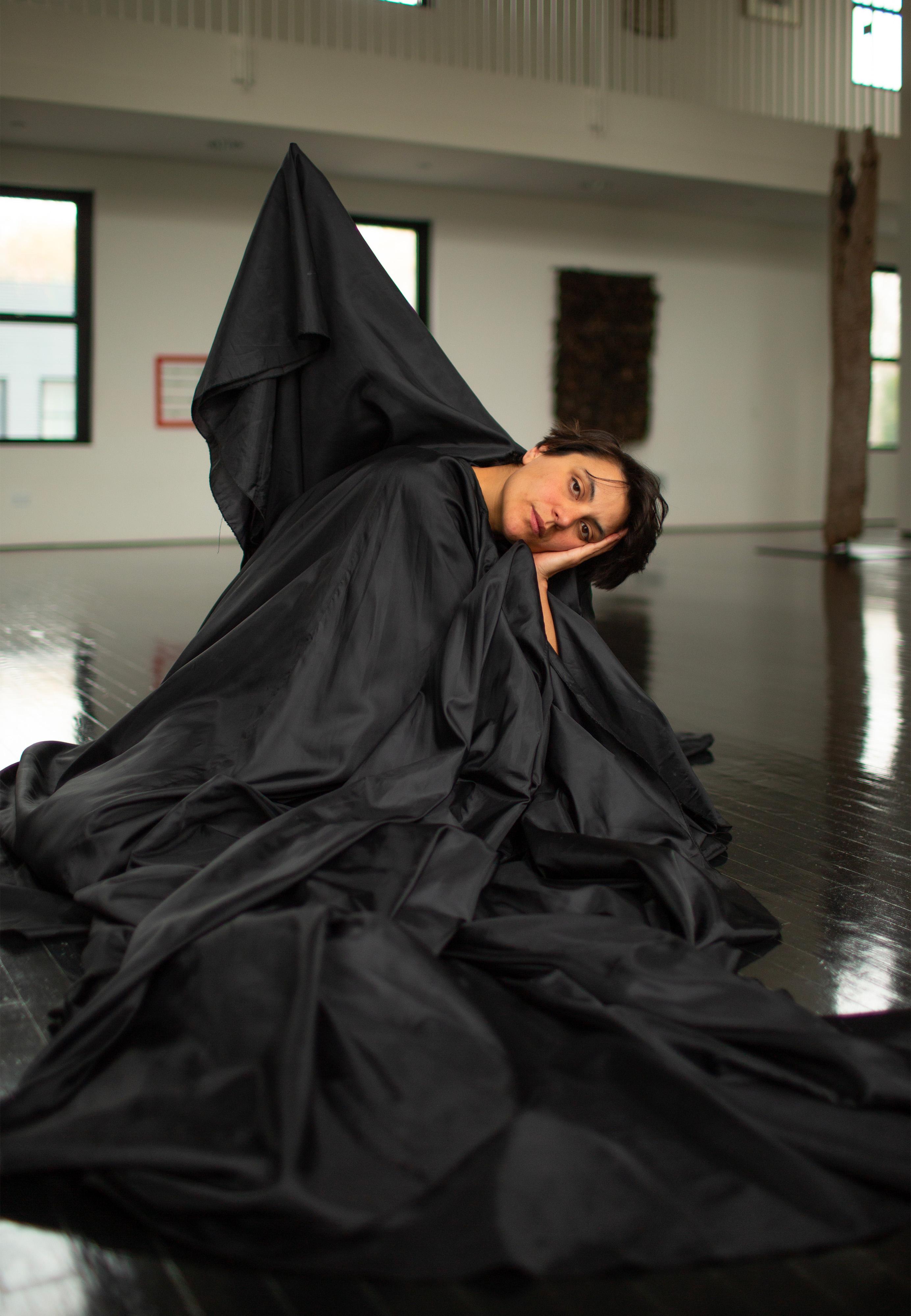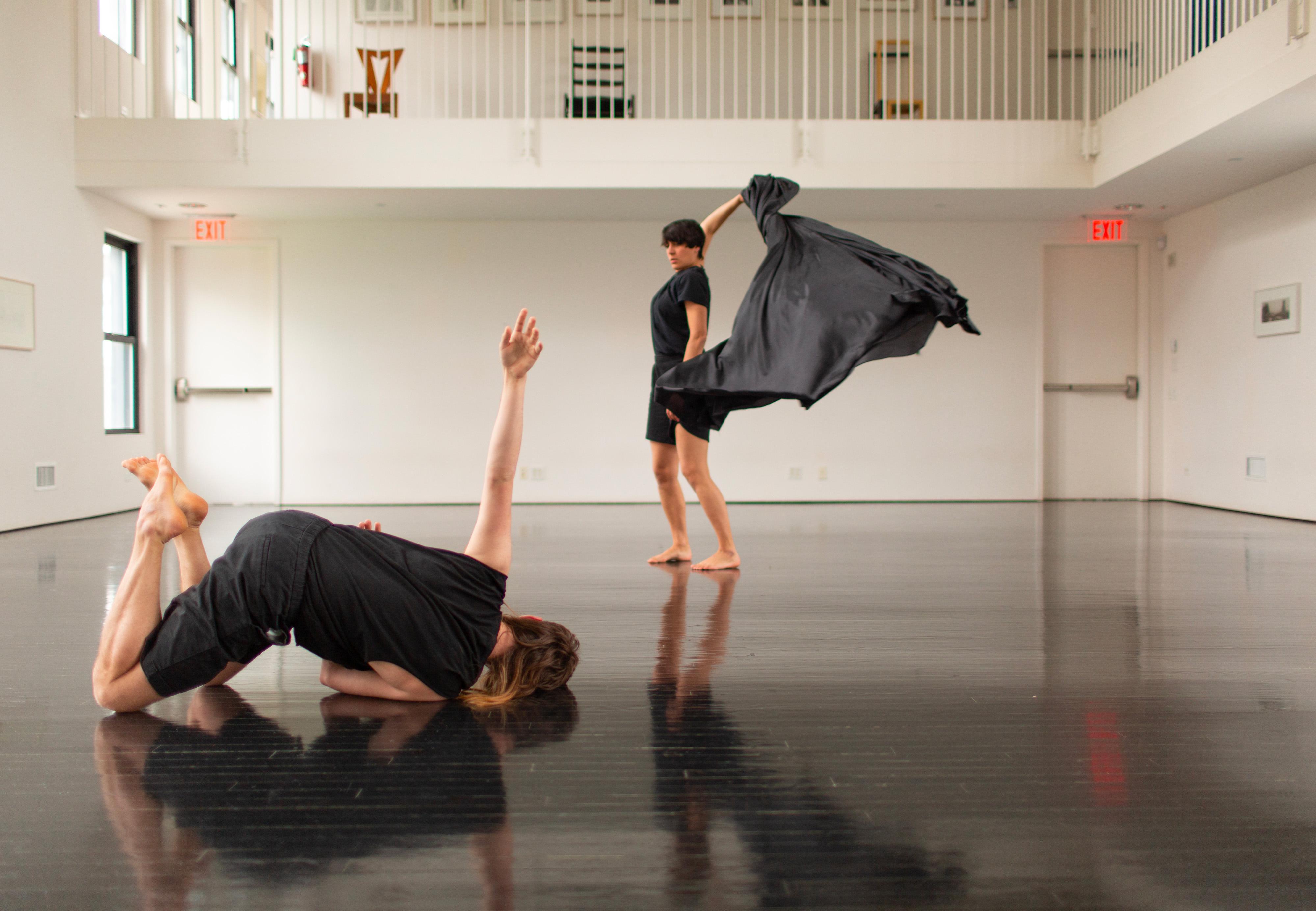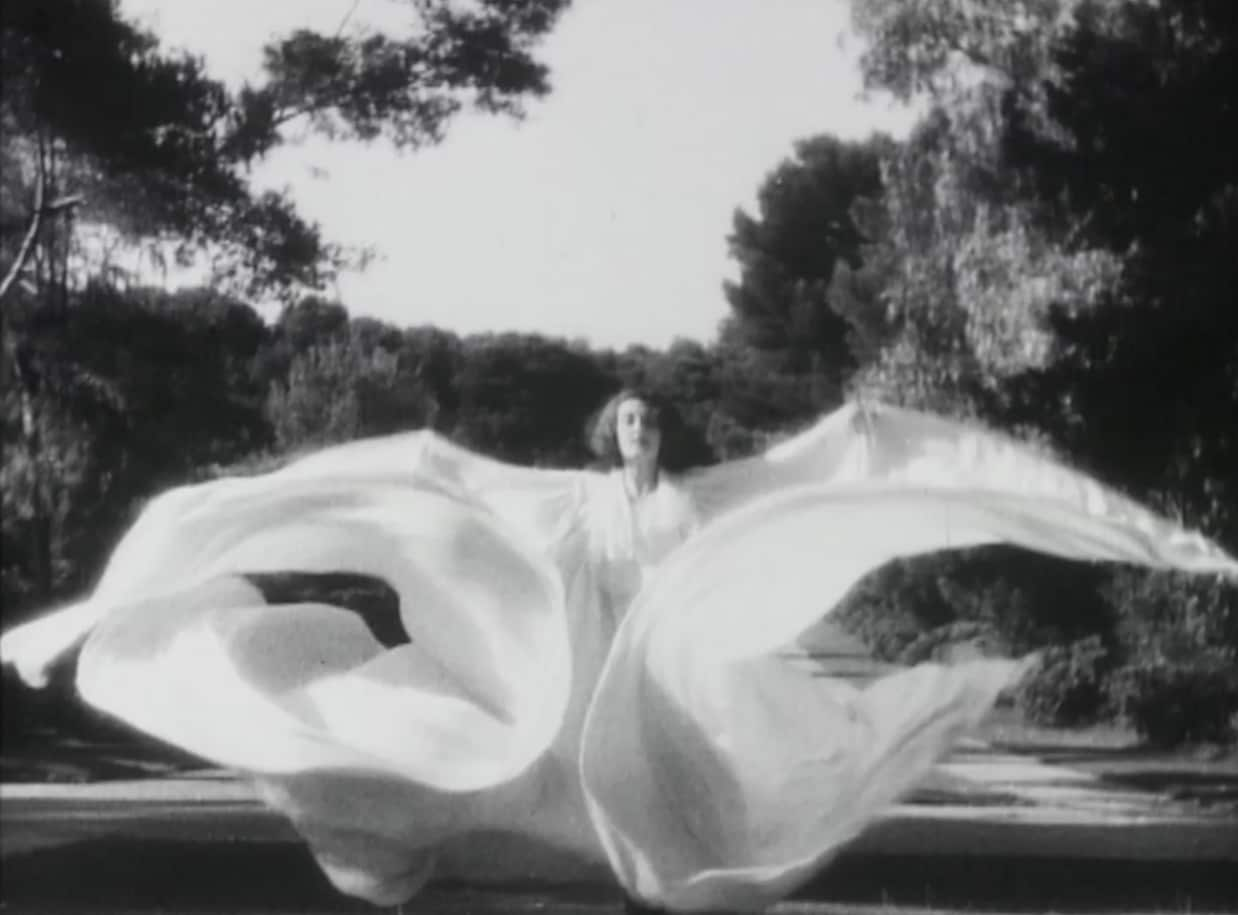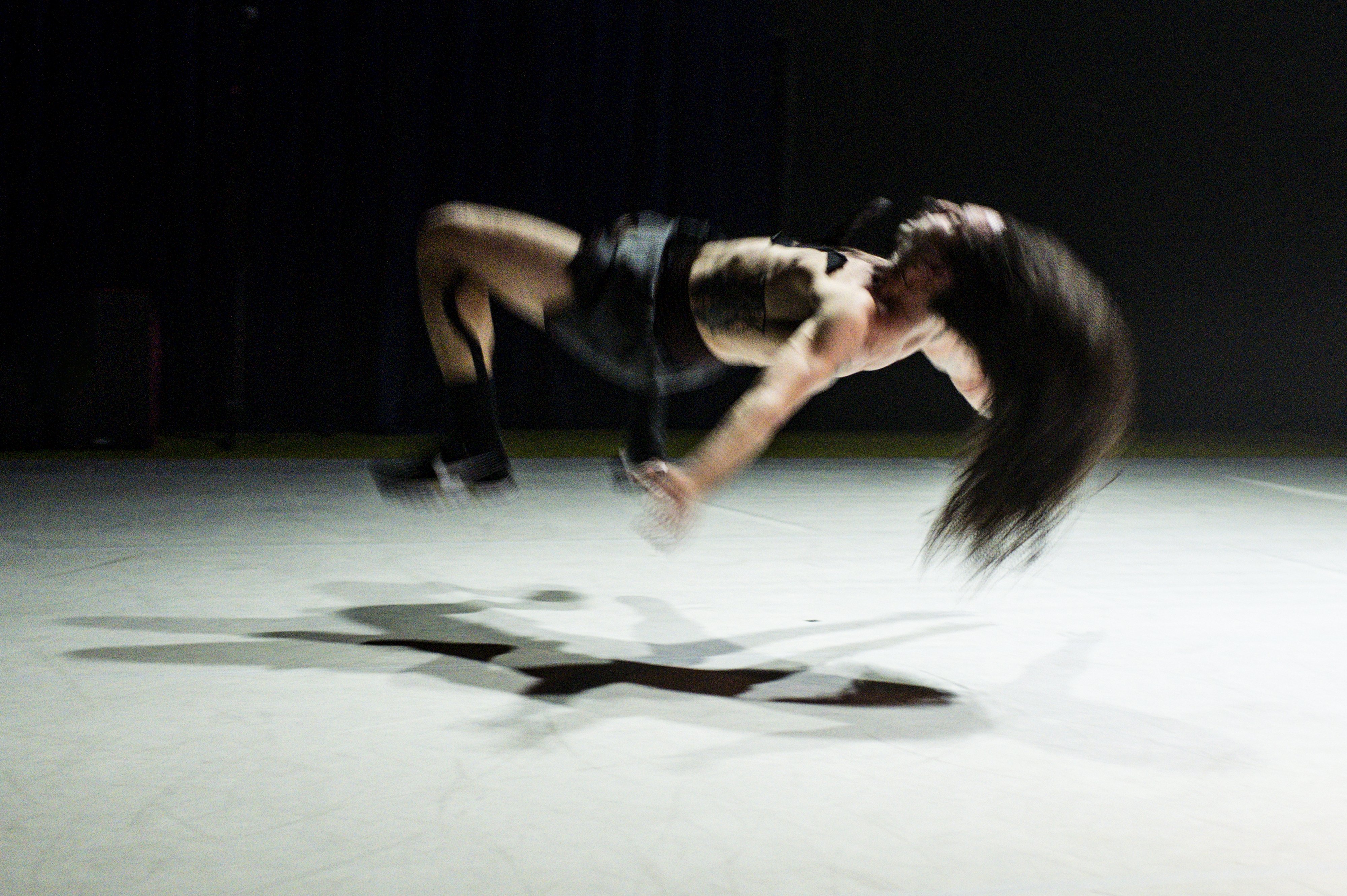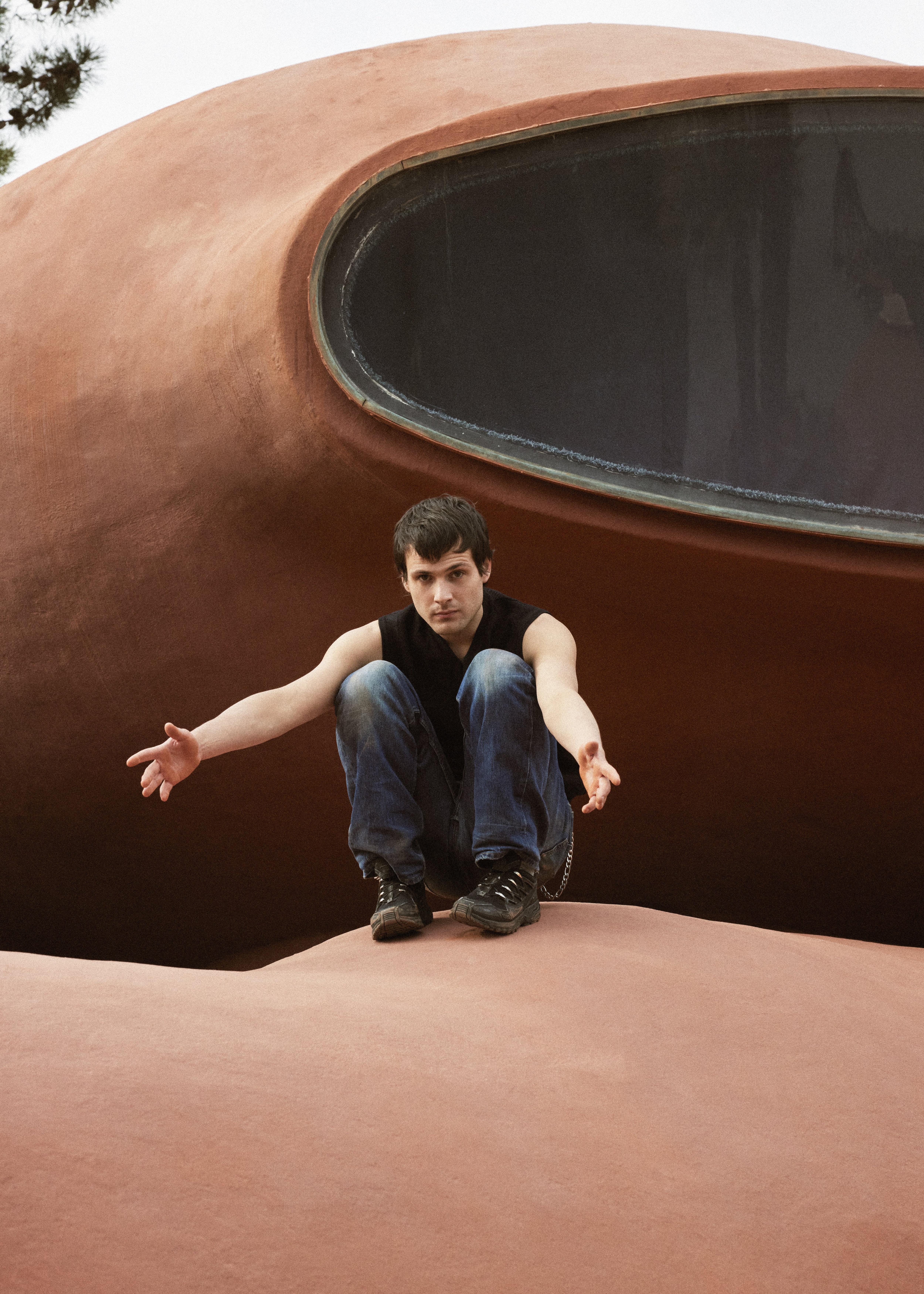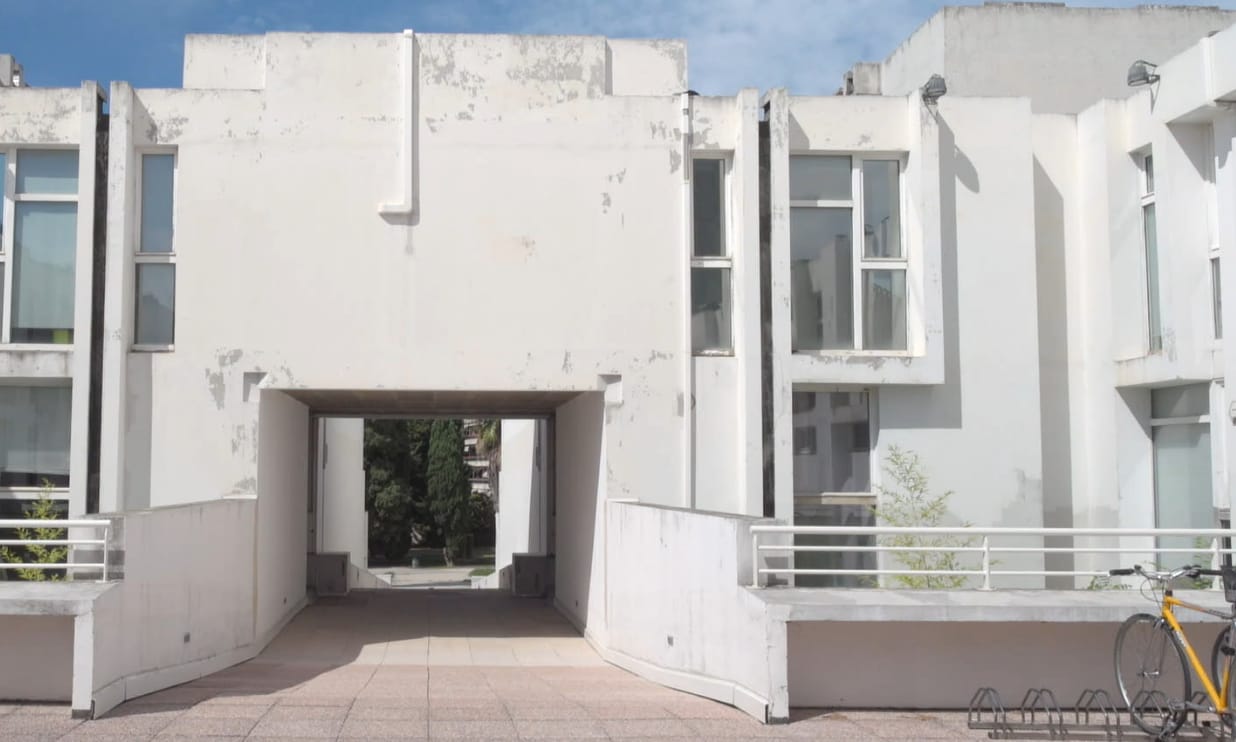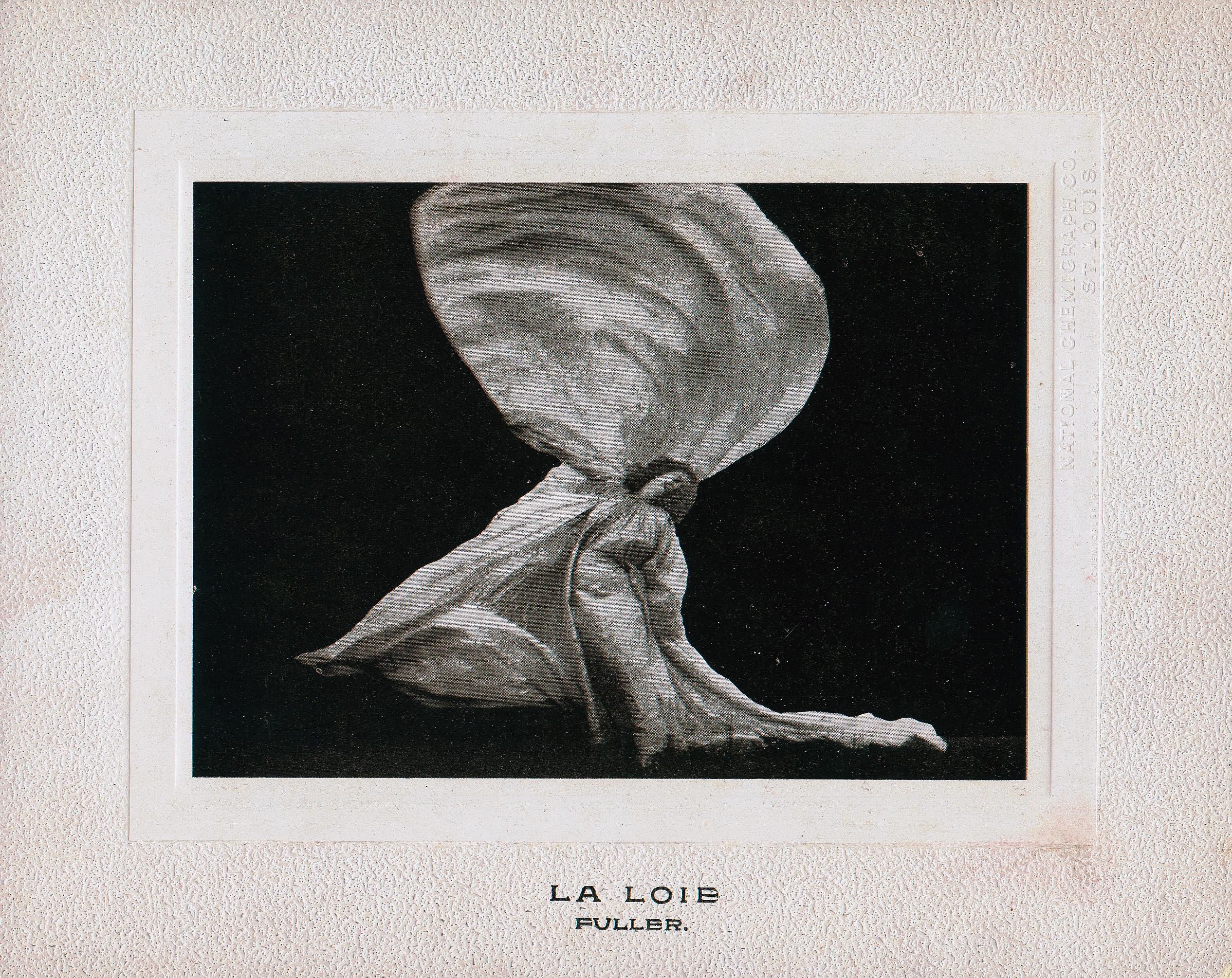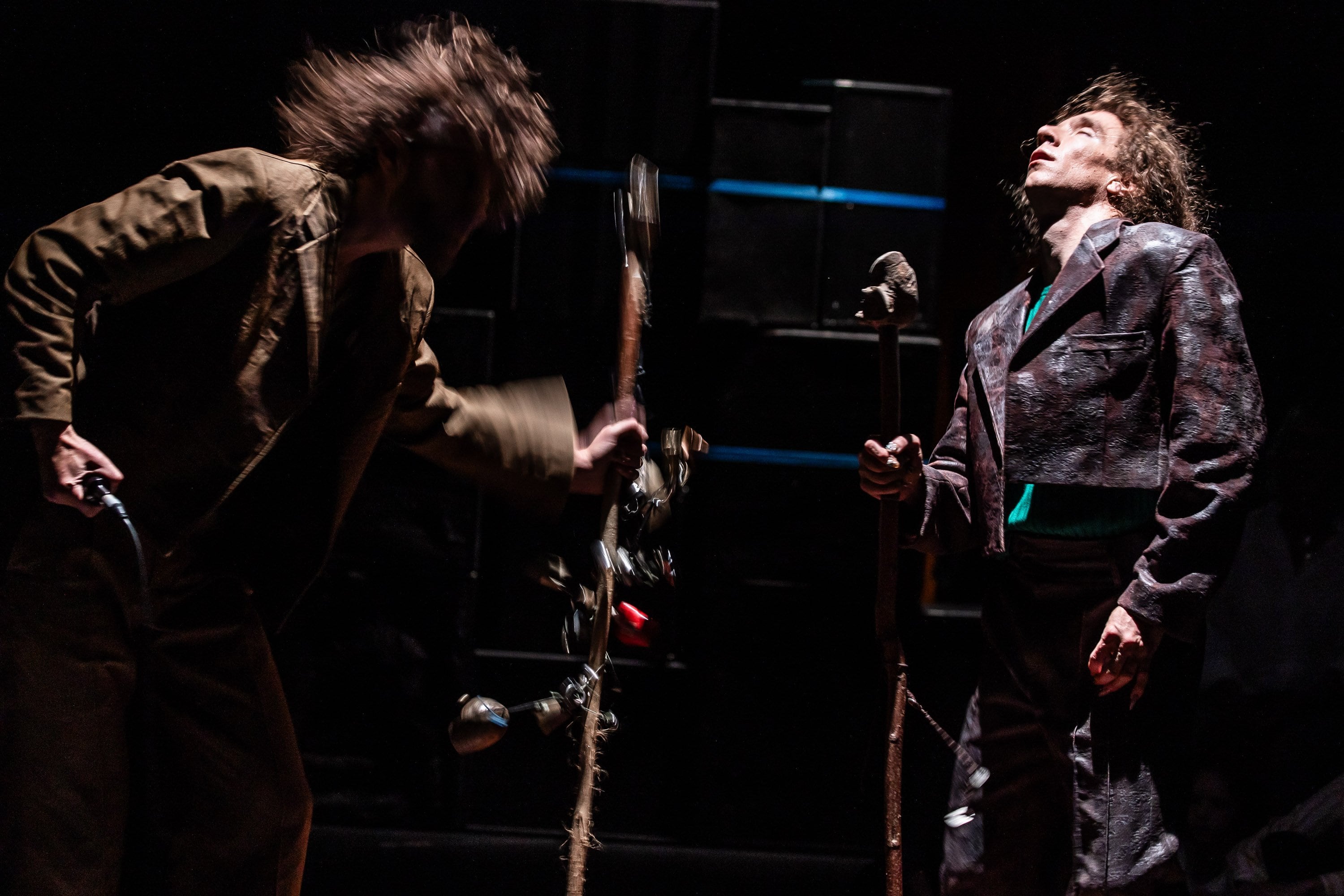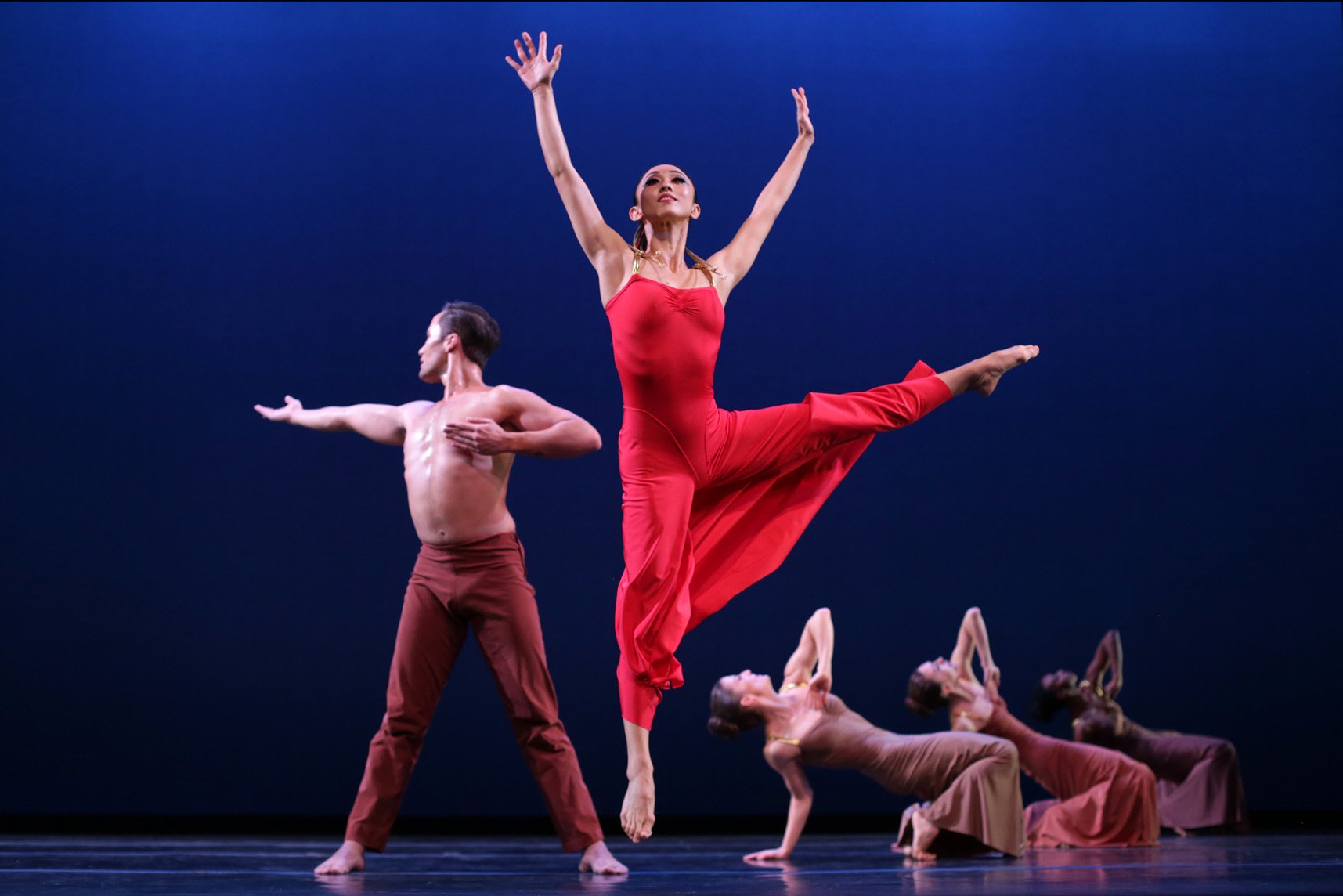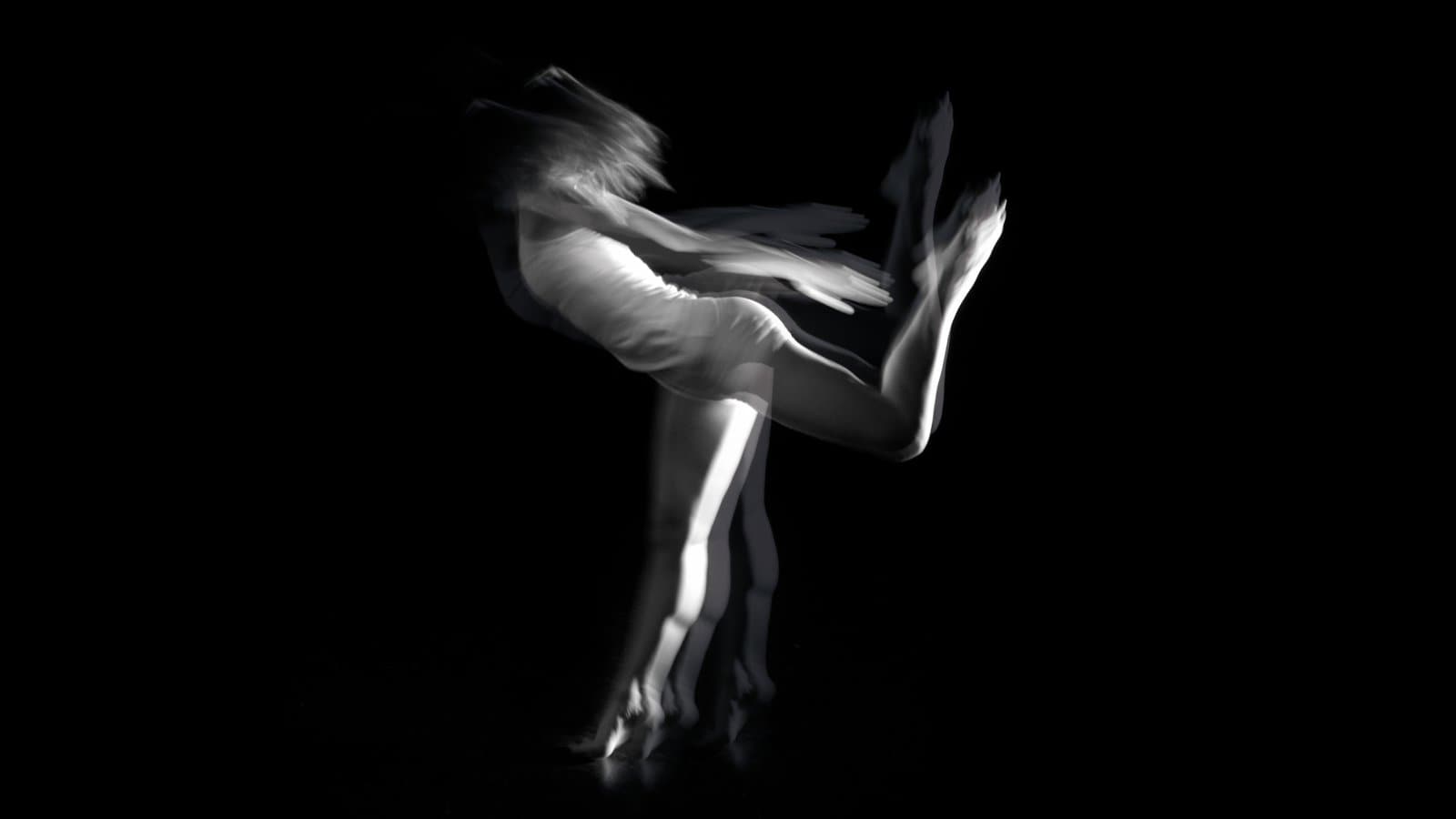Dancing Materials: Ola Maciejewska
Earlier this year, the dancer and choreographer Ola Maciejewska started work on her latest project, a performance-installation scheduled for 2023, during a residency at The Waterwill Center, an arts "laboratory" founded by Robert Wilson in Water Mill, New York. Photographer Lindsay Morris followed her as she delved into the creative process, and dance scholar Adeline Chevrier-Bosseau contributed a personal essay below about Maciejewska's style and inspirations.
Through the eyes of Adeline Chevrier-Bosseau, dance scholar, Sorbonne Université – IUF
Loïe Fuller’s performances in the late 1880s were skirt dances, dances where the female performer plays with her long skirt to reveal glimpses of her ankles, petticoats and pantaloons for the entertainment of a male Victorian audience. Fuller’s evolution from this titillating use of the skirt towards greater abstraction began in 1891, when she played a hypnotized patient in the play Quack, M. D. In her signature style, the skirt is no longer associated to eroticism: from a symbol of femininity, it becomes an abstract object – a “dance construction,” to use a phrase by Simone Forti that choreographer and dancer Ola Maciejewska likes to quote.
The latter explores the relations between the body and the object, between the body and the dancing material, in her two pieces inspired by Loïe Fuller. Maciejewska reinterpreted Fuller’s Serpentine Dance in a solo (Loïe Fuller: Research), and a trio (Bombyx Mori), highlighting the plasticity of the work of this pioneer of modern dance. Like her predecessor, Maciejewska is fascinated by research, and investigates the infinite possibilities in the association of bodies and objects in order to create new shapes and reinvent what a dancing body can be.
When she performed at the Folies Bergère in Paris, Loïe Fuller experimented with lighting, invented new lighting techniques for the stage, met with scientists Edison and the Curies and drew inspiration from their work to create dances that integrated phosphorescence. Maciejewska’s starting point is chromatically opposite to the blank canvas that was Fuller’s signature white costume. She stages black dancing sculptures in Bombyx Mori, recalling the Wall Hangings series by visual artist Robert Morris; in this series, Morris plays with the theatricality of materials and delves into their transformation/degradation process, as they are inexorably weighed down by gravity.
In her work, Maciejewska features non-figurative, abstract bodies in constant metamorphosis: these bodies talk back to other bodies on stage but also offstage, the absent bodies of their historical ancestors, and engage in a dialogue with the legacy of Fuller or Simone Forti, who inspired Maciejewska’s Figury (przestrzenne) as well as a new creation scheduled to premiere in 2023.
The images of Maciejewska’s residency at the Watermill Center attest to this choreographic research. They show abstract installations which strongly recall the Baroque tradition, through the folds of the long black garments, whose constant metamorphosis catches the eye. In the first chapter of his book The Fold: Leibniz and the Baroque, Deleuze writes that “the Baroque doesn’t signify an essence but an operative process, a trait. It is constantly creating folds. It never invents, it folds upon the Oriental folds, the Greek, Roman, gothic, classical ones,… but it curves and creases the pleats infinitely, fold upon fold, one fold along the other. The Baroque trait is this infinite fold”. Maciejewska’s choreographic style operates similarly when it comes to dancing materials: what matters is the process of transformation, the folds and creases, the performance of bodies and textures.
Infos
olamaciejewska
Photo : Ola Maciejewska, © Lindsay Morris - The Watermill Center
